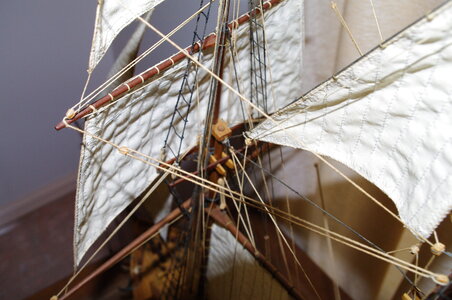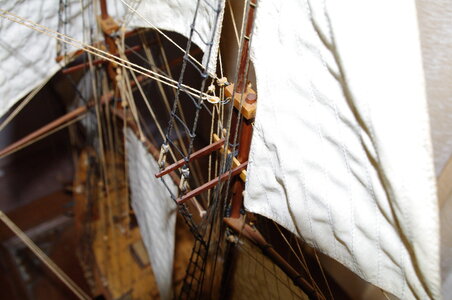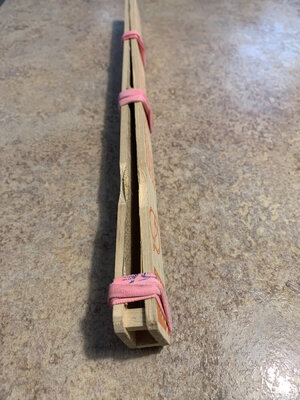- Joined
- Mar 9, 2021
- Messages
- 47
- Points
- 78

Hi to all. I am currently building the ZHL Soleil Royal and could use a bit of help. I need to taper about 25 dowels for all of the masts but am unable to do this as I do not have the proper tools. I tried the drill method and snapped the mast. My last resort was to Dremel it…not a good idea.
I.E. - 8mm max to 4mm min……6mm max to 3mm min, etc.
I would be happy to pay someone to do this as I just am unable.
Thanks
John
I.E. - 8mm max to 4mm min……6mm max to 3mm min, etc.
I would be happy to pay someone to do this as I just am unable.
Thanks
John









